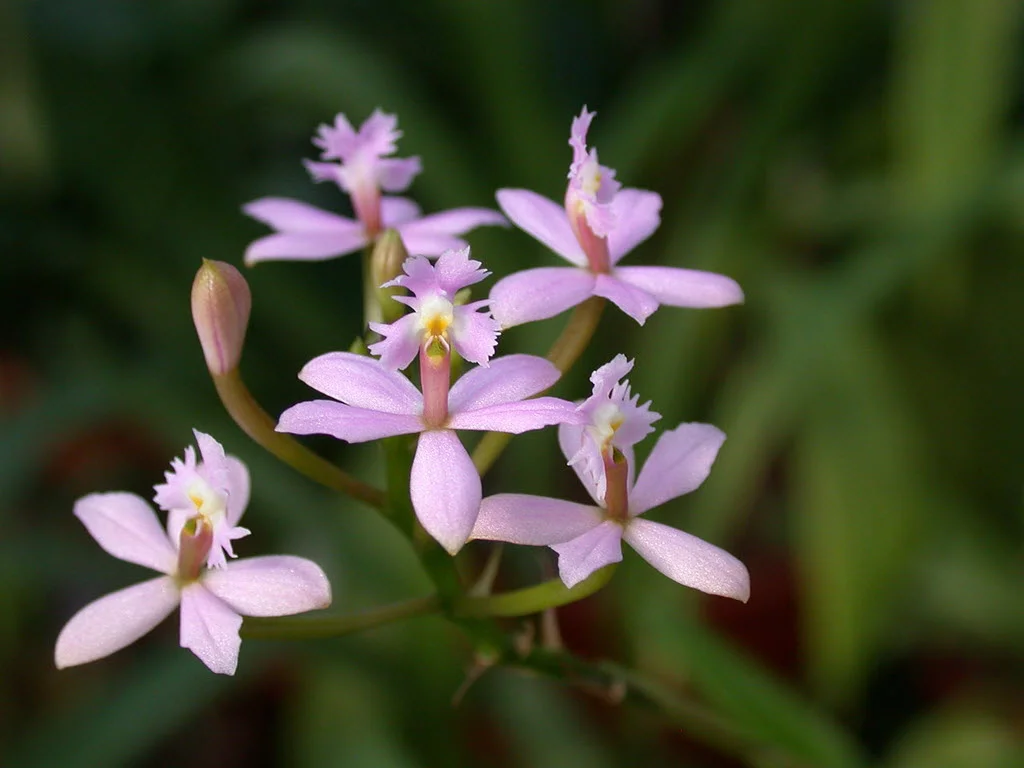Table of Contents
Pronunciation: Miltoniopsis (mil-toh-nee-OPP-siss)
Other Names: Pansy Orchid
Introduction
Miltoniopsis orchids are usually referred to as the “Pansy Orchid” because their blooms look somewhat like pansies. They showcase blooms that are flat, large, and round, usually with broad lips. They come in bright colors like yellow, pink, purple, white and red.
Miltoniopsis Hajime Ono
Miltoniopsis orchids typically produce an oval-shaped pseudobulb and each produces a single leaf on its top part. Their pseudobulbs and foliage are typically blue-green or gray in color and may grow 1-2 spikes in succession or simultaneously. When your Miltoniopsis orchid blooms, you can expect it to last for weeks!
Temperature
Miltoniopsis orchids are ideal for cool temperatures. During the day they require 70°F to 80°F (21.1°C to 26.7°C), and 55°F to 60°F (12.8°C to 15.6°C) during the night. Always try to keep your Miltoniopsis orchid within these ideal temperatures for best growth.
Light
Miltoniopsis orchids need low light intensity. It should not be exposed to excessive light, otherwise its foliage will become spotty or show a pinkish-red or yellow color. When it lacks light, it will turn dark green in color.
If you want to grow them indoors, place your Miltoniopsis orchids near a south facing window and make sure that they are properly in the shade.
Water and Humidity
Miltoniopsis orchids contain fine roots and it is highly essential that they don’t totally dry out. During the warmer months, you can choose to water them once a week. In order to check if your watering frequency is correct, you can look at its foliage.
Under-watering will result into a foliage with an accordion-like pleating. If you over-water, your roots will rot. It would be best to create a watering schedule so that you have something to follow religiously. By this, your Miltoniopsis orchid will also be able to adapt and thrive better.
When it comes to humidity, Miltoniopsis orchids thrive in more humid conditions. The ideal level of humidity for this type of orchid is 50-70%. You can opt for a humidity tray if you need to increase humidity. You can also opt for misting a couple of times per day.
Always ensure that there is proper air movement to prevent any disease.
Feeding
With every other watering, you should fertilize your Miltoniopsis orchid using a diluted fertilizer solution. If the orchid is planted in bark, use 30-10-10 of high-nitrogen solution. If it is planted in another type of media, use a balanced solution of 20-20-20.
Thoroughly water your orchid each month in order to remove excess fertilizer than might build up. Miltoniopsis orchids are highly sensitive to buildup and if this does not get taken care of, leaf tips will show a blackened color.
Potting
For a healthy Miltoniopsis orchid, it is a must to repot it using fresh medium every year after its blooming cycle. You can use fine-grade fir bark combined with perlite and charcoal for drainage.
Miltoniopsis orchids thrive in plastic pots because moisture gets retained longer compared to clay pots. Always guarantee that holes in the bottom of the pot are adequate for drainage.
Video
Miss Orchid Girl puts a Miltonia and a Miltoniopsis side by side and shows us how to tell them apart. FYI... the American Orchid Society doesn't appear to make the distinction yet as of writing but this may change in the future.
While the Miltonia and Miltoniopsis look very similar, there are many orchid species that look absolutely unique. See them in our comprehensive list of the different types of orchids.











